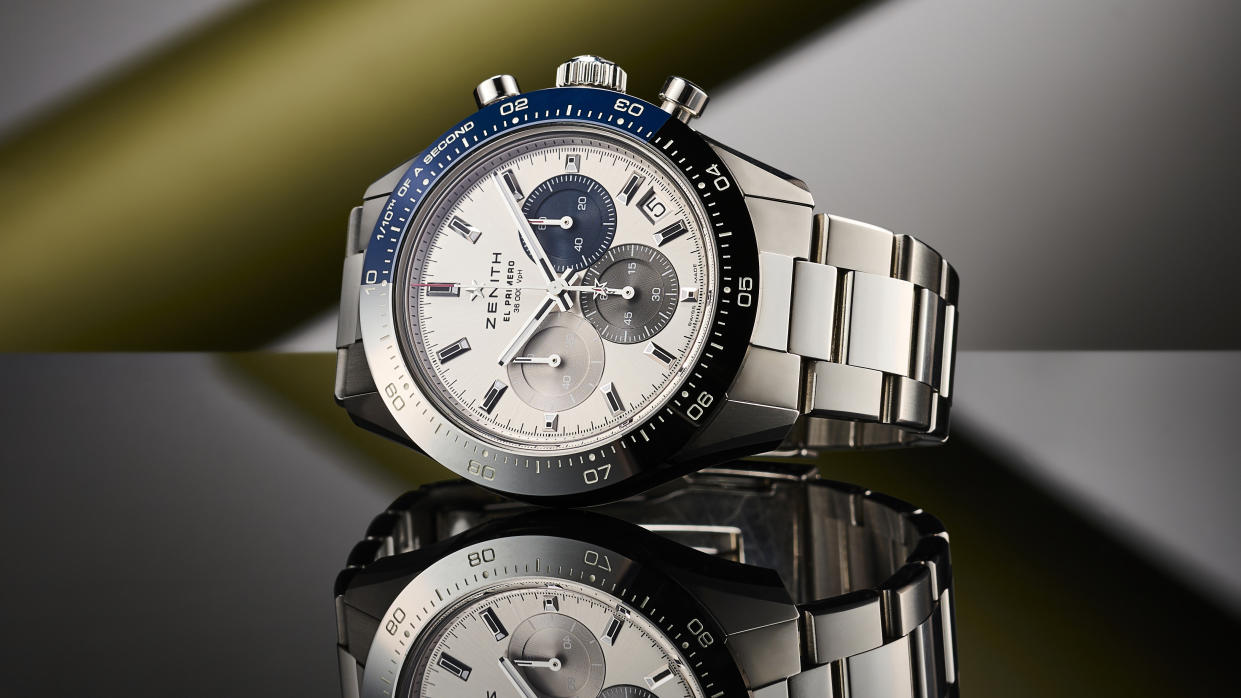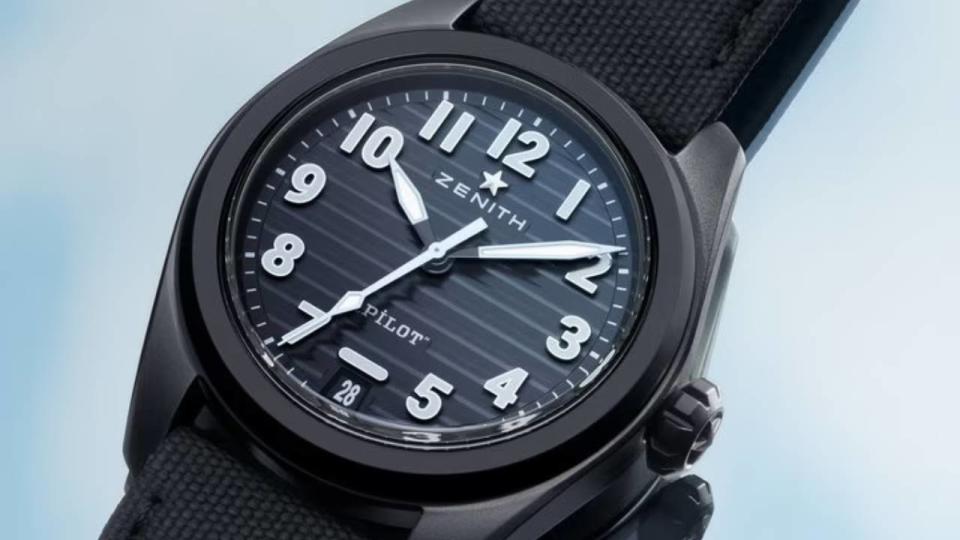What is a pilot watch? Here’s everything you need to know…

Pilot watches have been around since the 1900s, and while they were originally designed for practicality, they have since evolved into some of the most stylish timepieces on the market today.
Many of the best watches you can buy are pilot or aviator watches, but what exactly is a pilot watch? Here’s everything you need to know about pilot watches, including what they are, distinctive features to look out for and a few of our favourite picks.
What is a pilot watch?
A pilot watch does exactly what it says on the tin: it’s a type of watch that’s specially designed to be worn by pilots to assist them during flights. The pilot watch dates back to 1904, as pilots found it impractical to check a pocket watch during flying, as it involved them removing their hands from the controls to read the time. And so, the pilot watch, and the first ever wristwatch, was born.
Pilot watches are still firm staples in the watch industry today. While they’re still practical as many of their features still help pilots keep the time while they fly, these accents are also aesthetically eye-catching and helpful during other activities.
Examples of pilot watches include the popular Brietling Maritimer and the Rolex GMT-Master II. Some watch manufacturers even have full collections made up of pilot watches, like the Zenith Pilot line.
Large dials and oversized crowns

Let’s take a look at some of the features that distinguish pilot watches. First, the dial and the crown of a pilot watch are oversized. On the dial, the hands, markers and numbers tend to be quite big so that pilots can easily check the time with a quick glance, without taking their eyes off the controls or directions for too long. Sometimes, the timekeeping features on the dial will have a dramatically different colour than the rest of the dial so pilots can tell the time quicker and more accurately.
The crown, which controls the watch’s hands and date windows, are also bigger on a pilot watch. If pilots need to correct the time, having a larger crown is easier to do so. This specific feature dates back to the times when pilots would wear gloves due to the lack of heating in the command room or cockpit, so having a bigger crown makes adjusting the time easier without having to remove the gloves.
Luminosity
As pilots fly in many different weather and light conditions, the dial, bezel and other features are giving luminosity, so they can clearly see the time even when it’s dark. This ‘glow-in-the-dark’ effect is used on many watches today, including the best dive watches. Most watch manufacturers use an illuminating pigment called Super-LumiNova in the watch’s indexes and hands.
GMTs and chronographs
The majority of pilot watches feature a GMT or chronograph function. As pilots fly to numerous countries with different time zones, it’s helpful to have a GMT complication so pilots can always see the worldwide standard time. Some pilot watches will have other time zone dials which can be adjusted to suit the country’s time that the pilot is in or flying to (see what is a GMT watch? for more details).
Some modern pilot watches will have a chronograph on the dial, which can be used as a stopwatch to measure elapsed time. Depending on the watch you choose, some watches can have up to three chronographs alongside the main time on the dial. Oftentimes, pilots use chronographs to make speed and distance calculations from their watch, without it affecting the other time telling features.
Rotating bezels
Similar to the oversized crown, a rotating bezel is a key part of a pilot watch. If pilots need to reset the watch when they cross into a different time zone, they can do so more easily and efficiently with the rotating bezel.
While today’s pilot watches can still be used in an aviation setting, you’ll typically see them on most people’s wrists due to the aesthetic style and design. Either way, you’ll want to wear a pilot watch or at least take one with you in the best watch roll on your next holiday.